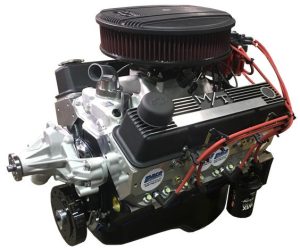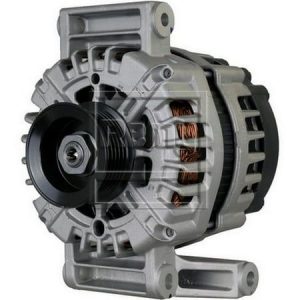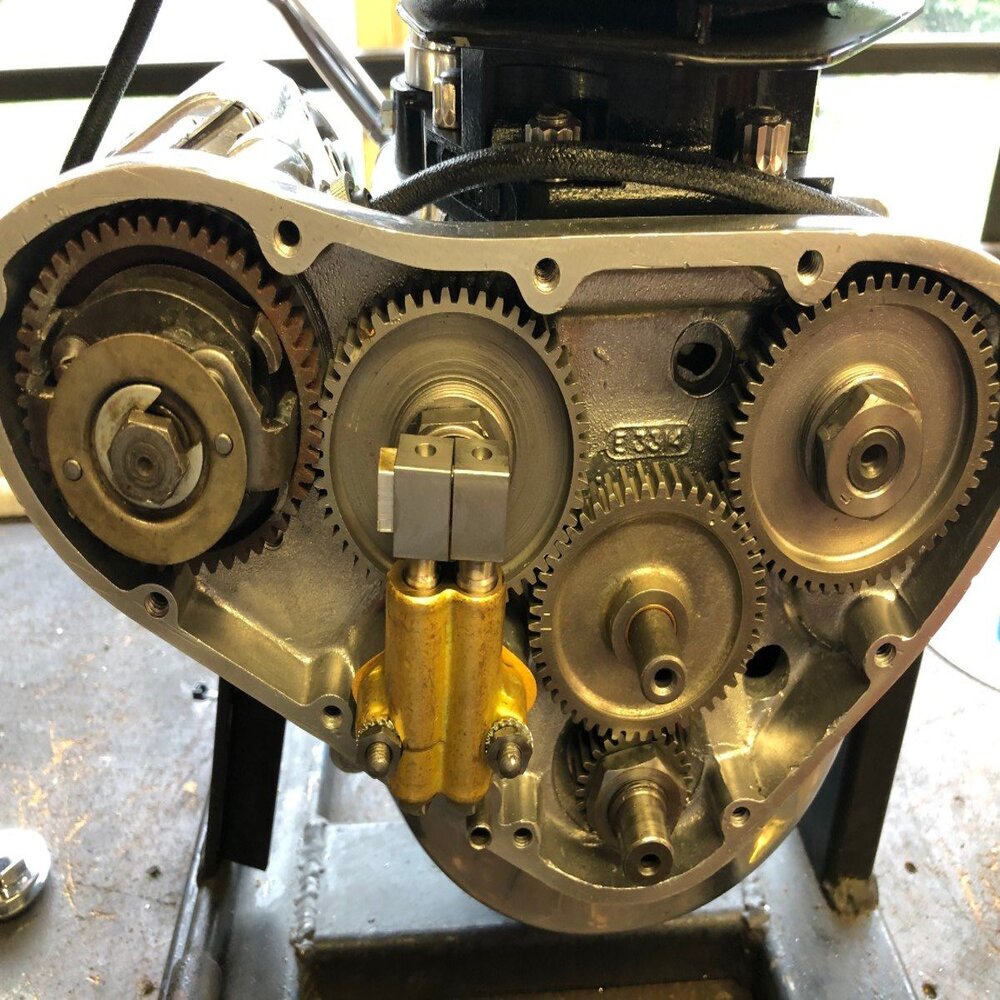Keeping your car looking sharp isn’t just about a gleaming paint job. A clean engine bay not only enhances the overall aesthetics of your vehicle but also offers several practical benefits. This comprehensive guide delves into everything you need to know about how to clean your engine safely and effectively, from essential tools and techniques to valuable tips and tricks.
Why Clean Your Engine?
Beyond the visual appeal, cleaning your engine offers a range of advantages:

-
Improved Performance: A dirty engine bay can restrict airflow to vital components, potentially impacting performance. Removing grime and debris allows for optimal engine operation.
-
Enhanced Detection of Leaks: A clean engine bay makes it easier to spot any leaks or fluid buildup early on, allowing you to address potential issues before they become major problems.
-
Extended Engine Life: Dirt and debris can act as an insulator, trapping heat around the engine. Regular cleaning helps maintain proper engine temperature, promoting longevity.
-
Simplified Maintenance: A clean engine bay makes routine maintenance tasks like checking fluid levels and replacing spark plugs easier and more pleasant.
Before You Begin: Safety Precautions
Safety is paramount when working around your car’s engine. Here are some essential precautions to take:

-
Let the Engine Cool Completely: Never attempt to clean a hot engine. Wait several hours after your last drive to ensure all components are cool to the touch.
-
Protect Yourself: Wear gloves, safety glasses, and old clothes to shield yourself from chemicals and debris. Consider a respirator if dealing with excessive dust or fumes.
-
Disconnect the Battery: Disconnecting the negative battery terminal prevents accidental electrical shorts while cleaning. Consult your owner’s manual for specific instructions.
-
Cover Sensitive Components: Use plastic bags or rags to cover sensitive electrical components like the alternator and air intake filter to shield them from moisture.
Gathering Your Cleaning Arsenal: Essential Tools and Supplies
Now that safety is addressed, let’s assemble your engine cleaning toolkit:
-
Engine Degreaser: A high-quality engine degreaser specifically formulated for automotive applications is crucial for tackling stubborn grime and grease.
-
Degreaser Spray Bottle: A spray bottle allows for controlled application of the degreaser.
-
Brushes: A variety of brushes in different sizes is ideal for reaching tight spaces and crevices. Opt for soft-bristled brushes to avoid scratching delicate surfaces.

-
Shop Towels or Rags: Microfiber cloths are excellent for wiping and drying surfaces without leaving lint. Opt for a good amount of rags for cleaning and soaking up spills.
-
Garden Hose with Spray Nozzle: A garden hose with a variable spray nozzle allows for controlled rinsing of the engine bay. Avoid using a high-pressure washer, which can damage electrical components and hoses.
-
Bucket: A bucket is handy for mixing cleaning solutions and rinsing dirty rags.
-
Fresh Engine Oil and Filter (Optional): Consider this an opportune time to change your engine oil and filter for optimal engine performance.
The Cleaning Process: Step-by-Step Guide
With your safety measures in place and tools gathered, let’s walk through the engine cleaning process:
-
Prepare the Engine Bay: Remove any loose debris like leaves or twigs from the engine bay. Cover sensitive components with plastic bags or rags as mentioned earlier.
-
Apply Degreaser: Spray the engine degreaser liberally onto dirty areas, avoiding direct contact with electrical components. Let the degreaser sit for a few minutes to allow it to break down grime and grease.
-
Agitate with Brushes: Use the appropriate size brush to gently agitate the degreaser on all surfaces. Pay particular attention to areas with heavy grime buildup, like around the valve cover and oil filter housing.
-
Rinse Thoroughly: Using a gentle spray from your garden hose, thoroughly rinse the entire engine bay, ensuring all degreaser residue is removed. Be mindful of avoiding direct spraying of electrical components.

-
Dry the Engine Bay: Use clean microfiber cloths or rags to meticulously dry the engine bay. Focus on areas with moisture traps to prevent rust formation. You can also start the engine and let it run for a few minutes to aid in the drying process.
-
Reconnect the Battery: Once the engine bay is clean and dry, reconnect the negative battery terminal following the reverse order you used for disconnecting it.
-
Optional: Engine Oil Change: If you haven’t already, consider this an ideal time to change your engine oil and filter for optimal performance and engine health.
For heavily soiled engines, you might need to repeat steps 2-4 to ensure complete cleaning.
Beyond the Basics: Advanced Cleaning Techniques
For a truly showroom-shine engine bay, or for tackling particularly stubborn grime, here are some advanced cleaning techniques you can explore:
-
Engine Steam Cleaning: For a deeper clean, consider using a handheld steam cleaner. Steam is effective at removing baked-on dirt, oil deposits, and even grease without the harsh chemicals of some degreasers. However, exercise caution and follow the specific instructions for your steam cleaner to avoid damaging electrical components or sensitive hoses.
-
Parts Cleaning Soak: For heavily soiled parts like the valve cover or intake manifold, you can remove them (refer to your car’s service manual for proper removal procedures) and soak them in a designated parts cleaner solution. This allows for a more thorough cleaning of these components. Remember to wear gloves and eye protection when handling parts cleaners and dispose of them responsibly according to local regulations.
-
Dressings and Protectants: Once your engine bay is clean and dry, consider applying a finishing touch with engine compartment dressing or protectant. These products often have a silicone base that provides a low-gloss sheen, helps repel dust and dirt buildup, and can offer some protection against minor corrosion.
Always consult your car’s owner’s manual before using any cleaning products or attempting to remove engine components. Certain materials or finishes in your engine bay might require specific cleaning methods or products to avoid damage.
Maintaining a Clean Engine Bay: Prevention is Key
Keeping your engine bay clean doesn’t have to be a once-a-year ordeal. Here are some tips for maintaining a clean engine bay:

-
Regular Inspections: Pop the hood occasionally to check for any leaks, fluid buildup, or excessive dirt accumulation. Addressing minor issues early on prevents them from becoming major problems.
-
Park Smart: Whenever possible, avoid parking under trees or in areas prone to excessive dust or debris accumulation, which can find its way into your engine bay.
-
Car Washes: While not a substitute for a dedicated engine bay cleaning, opting for car washes with undercarriage cleaning options can help remove some dirt and grime buildup from the engine bay.
By incorporating these preventive measures, you can minimize the frequency of deep cleaning sessions and maintain a consistently clean and healthy engine compartment.
Taking the time to clean your engine bay offers a sense of accomplishment and pride in your vehicle’s overall condition. Beyond the aesthetic benefits, a clean engine bay promotes optimal performance, facilitates easier maintenance checks, and might even extend the lifespan of your engine.
Ready to Experience the Benefits of a Clean Engine Bay?
Don’t underestimate the transformative power of a clean engine bay! Our selection of high-quality car cleaning products, including engine degreasers, brushes, and microfiber cloths, equips you with everything you need to tackle this task with confidence. Browse our extensive catalog today and discover the perfect cleaning arsenal to make your engine bay shine!



